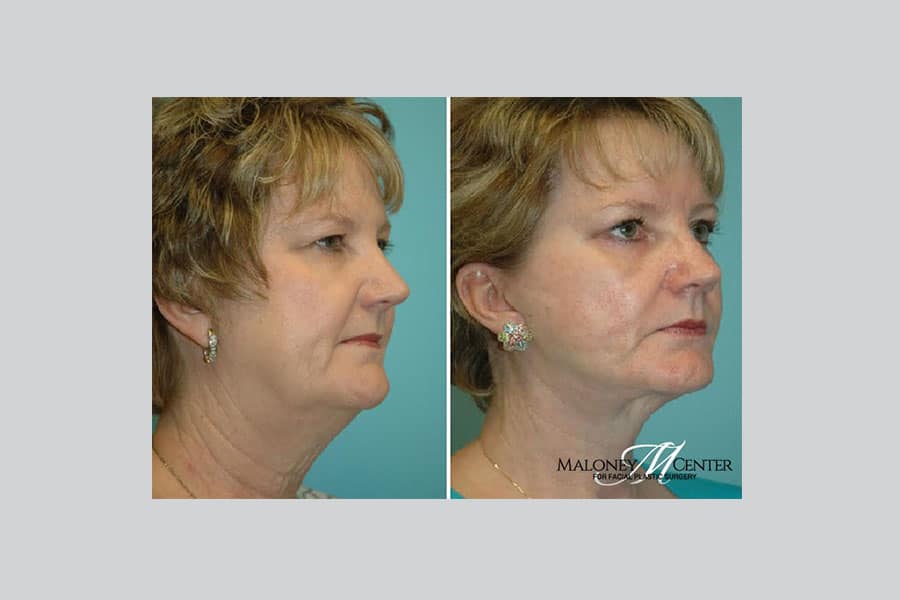
Thousands of people in Atlanta are diagnosed with skin cancer every year. As of 2011, skin cancer rates in Georgia ranged from 22.9 to 34.1 per 100,000 residents. Unfortunately, skin cancer often develops on the face. As a facial plastic surgeon in Atlanta, I often encounter people dealing with this situation. They are often worried about how the cancer can be eliminated and how treatment will affect the way they look.
One effective treatment option for skin cancer is MOHS surgery. If you’re concerned about skin cancer, understanding MOHS surgery will help you evaluate the best course of treatment for your situation.
MOHS Surgery in Atlanta
MOHS surgery is also known as MOHS micrographic surgery. MOHS surgery was developed by Dr. Frederick Mohs in the 1930s. Later, Dr. Perry Robins refined Mohs’ technique so it could applied to other locations on the body.
Today, MOHS surgery remains a preferred method for treating skin cancer. One reason for this is because MOHS surgery removes as much cancer as possible while preserving healthy tissue around the margins of the skin.
MOHS surgery is an outpatient treatment performed in a operating room with a nearby laboratory. This so the excised tissue can be examined right away. Patients are given a local anesthetic to reduce discomfort during the procedure.
During a MOHS surgery procedure, the visible portion of the cancer is removed. Then, a temporary bandage is used to cover the incision. The removed tissue is immediately analyzed in the laboratory. This microscopic examination enables the surgeon to precisely locate the cancer cells at the root of the problem and then only remove what is necessary.
If there is still cancer in the tissue, then the surgery will proceed. Another layer of skin will be removed, and then examined in the lab. This process will be repeated until no cancer found in the tissue samples.
Another reason MOHS surgery is so effective is that it creates the smallest incision possible. By examining the edges of the tissue, the surgeon can customize the size and depth of the surgery. Small wounds heal better than large ones. Once there are no more cancer cells present in the skin, the incision is closed using the best method for preserving your appearance. This will depend on the the type and location of the wound.
Should I Have MOHS Surgery to Treat Skin Cancer?
MOHS surgery is an effective treatment for the two most common skin cancers, basal cell carcinoma and squamous cell carcinoma. It can also be used to treat certain melanomas.
MOHS surgery is also recommended for treating large, aggressive cancers that have a high risk of recurrence. It is also preferred for treating cancers in prominent and sensitive areas.
Due to the precise mapping of the skin and meticulous examination of tissue for cancer cells, MOHS surgery may take longer than other surgical procedures.
However, since the cancerous tissue is removed during the procedure, MOHS has a 98% cure rate for basal cell carcinoma and squamous cell carcinoma. This greatly reduces the potential for recurrences and the need for repeat procedures.
Recovery time varies for each patient but typically ranges from several days to several weeks.
As with any treatment, I always counsel people to have a thorough consultation with their doctor. When my patients meet with me for a consultation, I ask about their medical history and goals. Then, I answer any questions and discuss treatment options. This ensures we identify the treatment option that best meets the patient’s individual needs.
Reconstruction for many defects following MOHS surgery is performed by the MOHS surgeon. For more difficult cases, involving lips, eye, nose, etc, the MOHS surgeon will remove the cancer and I will reconstruct the area.
For more information about MOHS surgery in Atlanta, contact the Maloney Center for Facial Plastic Surgery at 770.804.0007.







